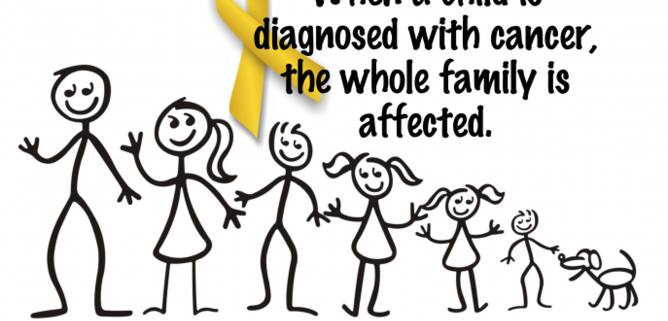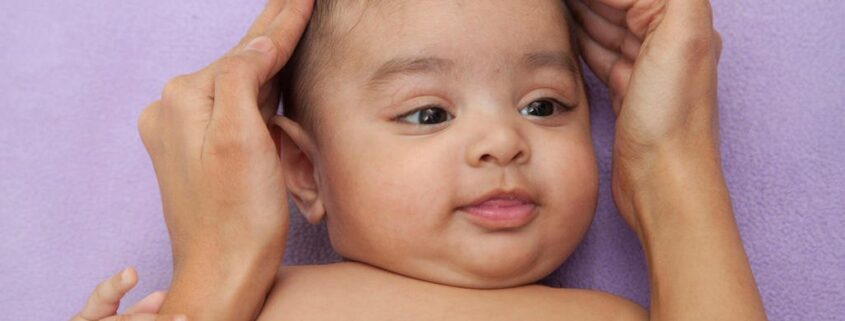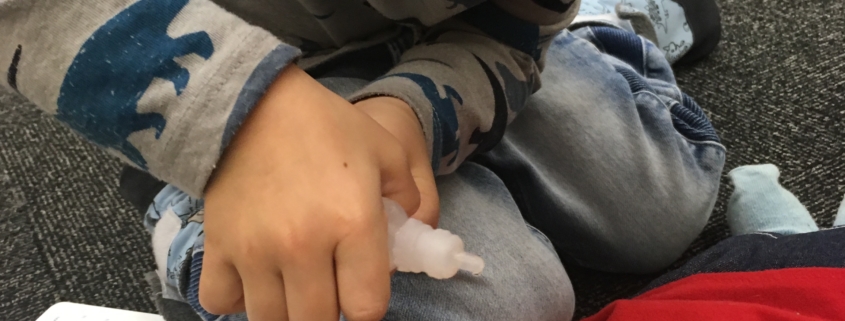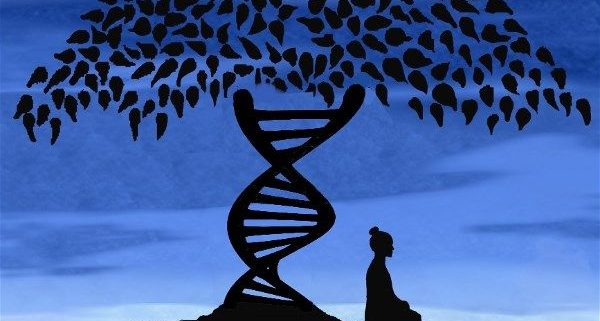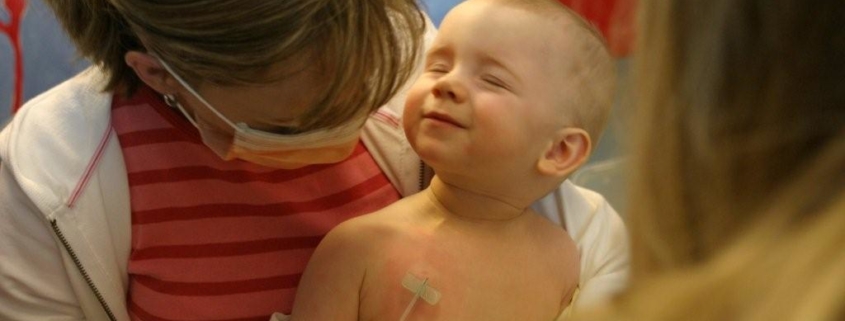Talking About Your Child’s Cancer Diagnosis With Family and Friends
Talking about a child’s cancer with family and friends can be deeply cathartic for parents one day, and utterly exhausting the next. Asking for and receiving help can be a minefield too. Morgan Livingstone CCLS explores why this is so, and offers tips and tools to reduce stress, improve coping and boost effective practical support.

